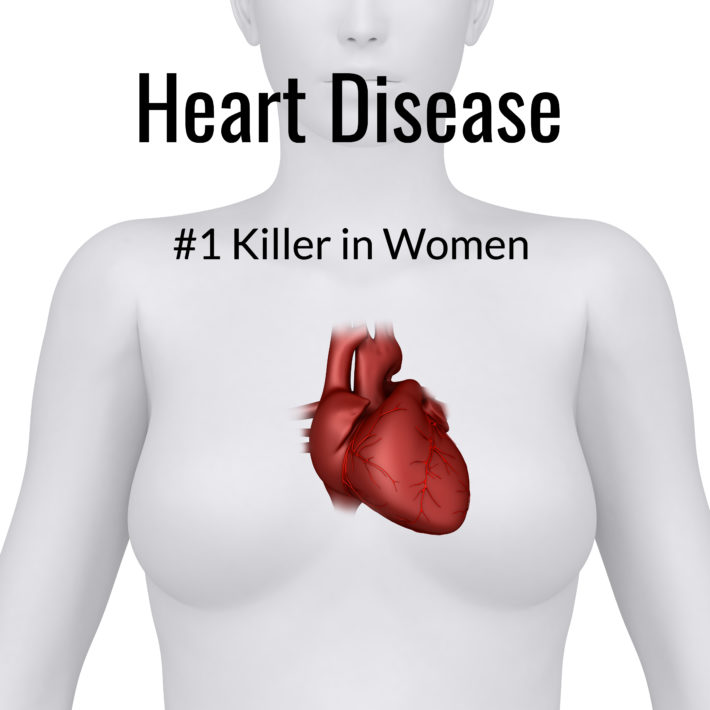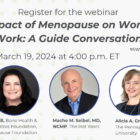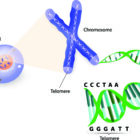
Intro
There is a lot of discussion about estrogen and its impact on the heart and vascular disease. Is it safe? Is it beneficial? Most of this discussion is related to the use of estrogen in menopause, a topic that is explained clearly and completely in my book, The Estrogen Fix.
But a new study presented at the annual meeting of the North American Menopause Society shifts the story of estrogen’s risks and benefits to a much earlier time; and focuses on the length of a woman’s menstrual cycles as an indicator of her risk of atherosclerosis or hardening of the arteries.
To understand this you need just a little information about estrogen levels during a menstrual cycle.
Background
During a menstrual cycle, estrogen levels are low in the first “half” of the cycle and high in the second “half.” That assumes both halves are equal. So in a 28 day cycle, the first 14 days have low estrogen levels and the second 14 days have high estrogen levels.
But what if a woman’s cycles are 35 days. In that case, the estrogen levels are low for the first 21 days and high for the last 14 days. No matter how long the cycle, estrogen levels are only high in the last 14 days of the cycle. That is because the period comes two weeks after ovulation. And before that, estrogen levels are much lower. For some women, it takes longer for an egg to ovulate each month. Estrogen
So if a woman has longer cycles during a certain time frame, she will have fewer cycles, and if her cycles are shorter, she will have more menstrual cycles. And the women with shorter cycles will have more time that estrogen is elevated.
Findings
In the four years leading up to menopause, cycles for many women get longer. And that is what this study of 438 women evaluated.
It suggests that the length of your menstrual cycles, particularly when you are transitioning into menopause, can predict if you will have atherosclerosis or hardening of the arteries after menopause. The earlier your cycles start to lengthen, the greater the risk.
Bottom Line
This study points out that earlier studies have already shown that women with irregular or long menstrual cycles have a higher heart disease risk, and a long menstrual cycle (more than 40 days) has been found to be a possible risk factor for the development of type 2 diabetes.
This study also supports what the Women’s Health Initiative or WHI found: If estrogen is started near the time of menopause beginning (in the Estrogen Window) so that estrogen levels are continued above the lower menopause levels, there is a lower risk of heart disease and diabetes. It’s one more way to understand that timing and duration of hormones has a lot to do with making estrogen a safer and more effective choice for women well after their menstrual cycles have ceased.







